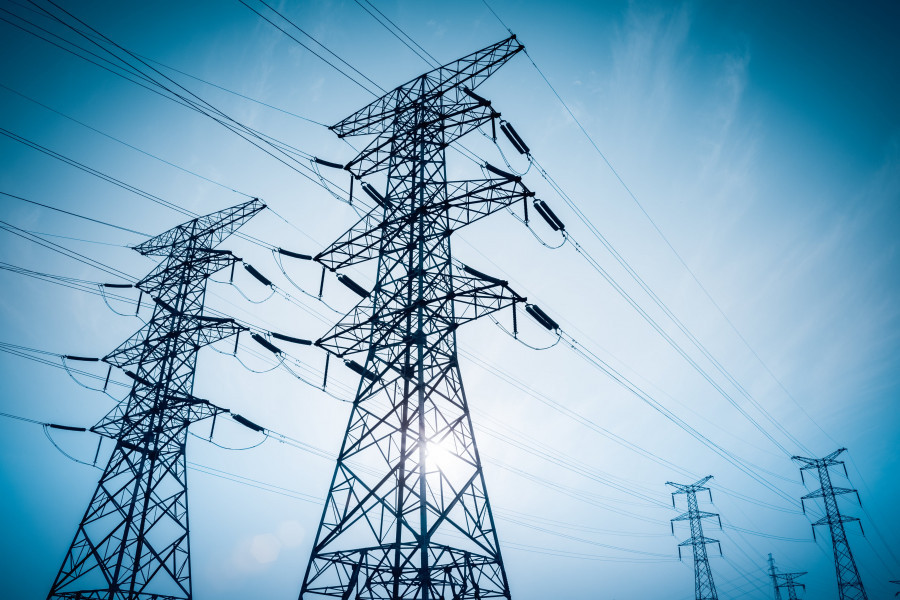Editorial
Amp up the power
One way to increase household consumption is to improve the amperage to 60 or greater.
Within a month, petrol prices in Nepal increased from Rs130 to Rs136 per litre. This constant rise has given the jitters to all strata of people—upward fluctuations in the price of petroleum affect consumables since it directly impacts the transportation of goods. And as a consequence, it severely affects those at the bottom of the economic pyramid. For a country that relies primarily on imports of goods, the abundance of electricity has come at an opportune moment when the world is dealing with soaring fuel prices.
It would be a satisfying situation to be in if we could stem the wastage of electricity by increasing domestic consumption, not just as an alternative to gasoline to be used in vehicles but also to serve other aspects of household use. On a positive note, Minister for Energy, Water Resources and Irrigation Pampha Bhusal has reiterated her stance on increasing domestic consumption of electricity. Still, perhaps the authorities are all too aware that it is much easier said than done. The glaring infrastructural deficiencies that have been ignored for many decades have now begun to be noticeable. Any statement emphasising an increase in domestic consumption rings hollow, however earnest it may seem, without addressing the issue of infrastructural upgradation.
In the recent past, people have complained of frequent power cuts, but officials at the Nepal Electricity Authority (NEA) were quick to state that power cuts were not as a result of lack of electricity but they may be due to "power tripping"—in simpler words, infrastructural deficiency to handle the flow of electricity. Reducing the tariff may be one way of encouraging the masses to consume more electricity, but how can we increase household consumption if we are constantly handicapped by our inability to channel this abundance of energy effectively.
With the winter looming, more people will be reliant on various electrical gadgets to seek some comfort from the bitterness of the cold. With so many appliances switched on simultaneously, the amperage that has been accorded to the household is just not sufficient to withstand the flow. Most have to do with five or 15-ampere metres, which is hardly adequate to sustain running various electronic gadgets. One way to increase immediate household consumption would be to improve the current amperage to 60 or greater. What is stopping officials at the NEA from increasing the amperage if the people are willing to bear the cost of the services of higher ampere metres? It would be a win-win situation for the state and the people.
There is much to be gained from the efficient utilisation of power. Billions of dollars that we spend on petroleum products can be curtailed, and the current wastage of electricity stemmed. Nepal’s energy sector should play a pivotal role in developing the country; but to do so, the infrastructural stumbling blocks need particular attention. Small incremental steps are all that is required, albeit in the right direction.




 15.12°C Kathmandu
15.12°C Kathmandu














